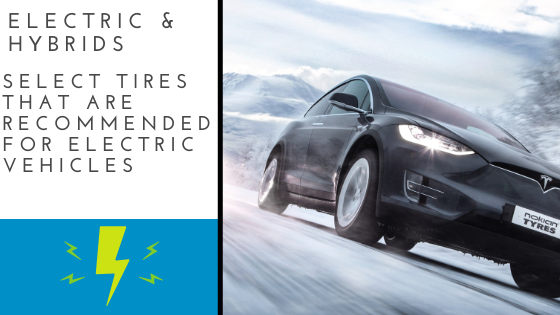Driving safety during the summer will be depending on your driving skills and your vehicle. Your driving skills are key in ensuring a safe drive, not driving too fast, keeping appropriate distance to vehicles in front, and using the indicators when planning to turn and following all the traffic rules. You then need to have a safe vehicle in good condition that has passed the periodic safety inspection, and that also has tires that are safe to drive with. A large part of driving safety is associated with the tires. The tires are the contact point between the road surface and your vehicle.
There is a big difference between what tires you use. First, you need to select tires that have the right dimension. Too big tires can alter the performance and thus the safety of the vehicle. Then you need to make sure that you select tires for the season that you intend to use them and know their limitations and how long you can use them. You then need to make sure that they have the correct load and speed rating for what you need.
For the summer, you should be using all-season tires, which have been optimized for all the warm seasons of the year. This means that you can use them from spring until fall if you are expecting winter weather. If you live in an area that doesn’t experience any winter conditions, you can use the all-season tires for the whole year. If you are expecting winter conditions, it is important that you change to winter tires before the winter weather arrives. When the temperature drops below 45°F, it is already safer to use winter tires, so you don’t have to wait for the snow to arrive. Just change when the temperature is approaching 45°F, and you can then drive safely even when the winter weather arrives.
For the summer conditions, you don’t have to worry about snow and ice, but wet roads can be dangerous enough for you to take precautions. You need to purchase tires that have excellent wet grip, as that can keep you out of accidents. During wet conditions, the braking distance is prolonged compared to dry roads. Premium tires with a good wet grip can significantly reduce the braking distance, which can be the difference between being close to an accident to being in an accident.
During rainy conditions, it isn’t only the wet grip that matters; the tires should also be good at preventing hydroplaning. To prevent hydroplaning, the tires will have to be good at removing or storing water in the tread. This is to ensure that the tires remain in contact with the road surface. Premium tires will have a lot of added innovations to help prevent hydroplaning. Speed and tread depth has both a critical role in the occurrence of hydroplaning. High speed and low tread depth both increase the risk for hydroplaning, so you should make sure the reduce your speed and always change your tires to new ones once you go below 5/32 inches of tread depth.
For more information regarding premium tires for summer use, visit: https://www.nokiantires.com/
